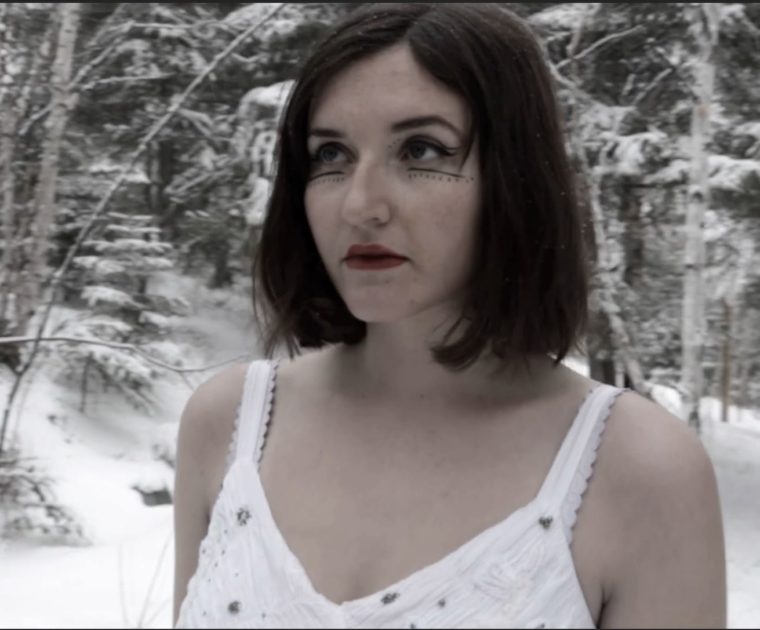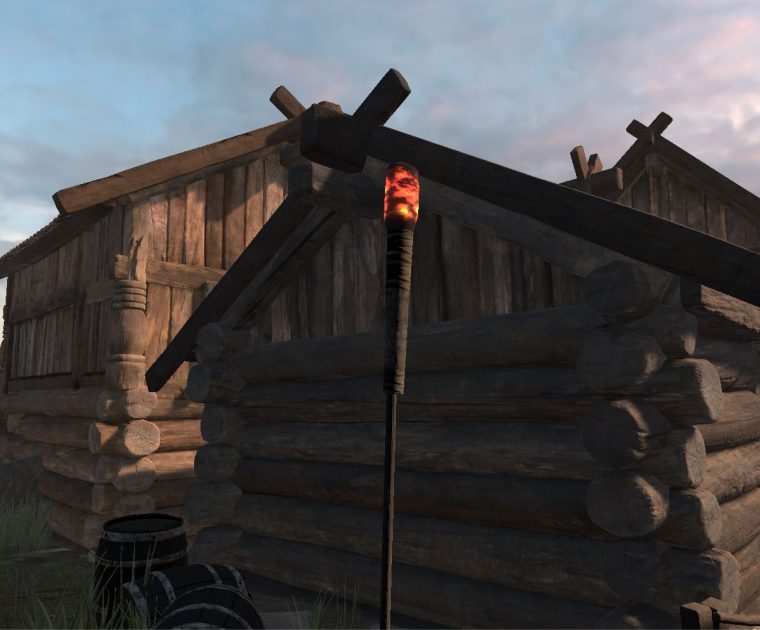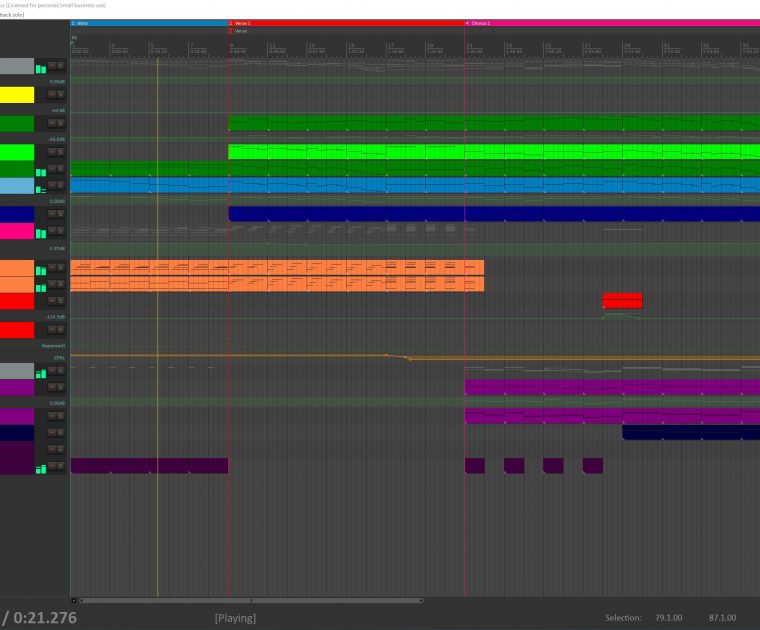Beginning With Video Game Music
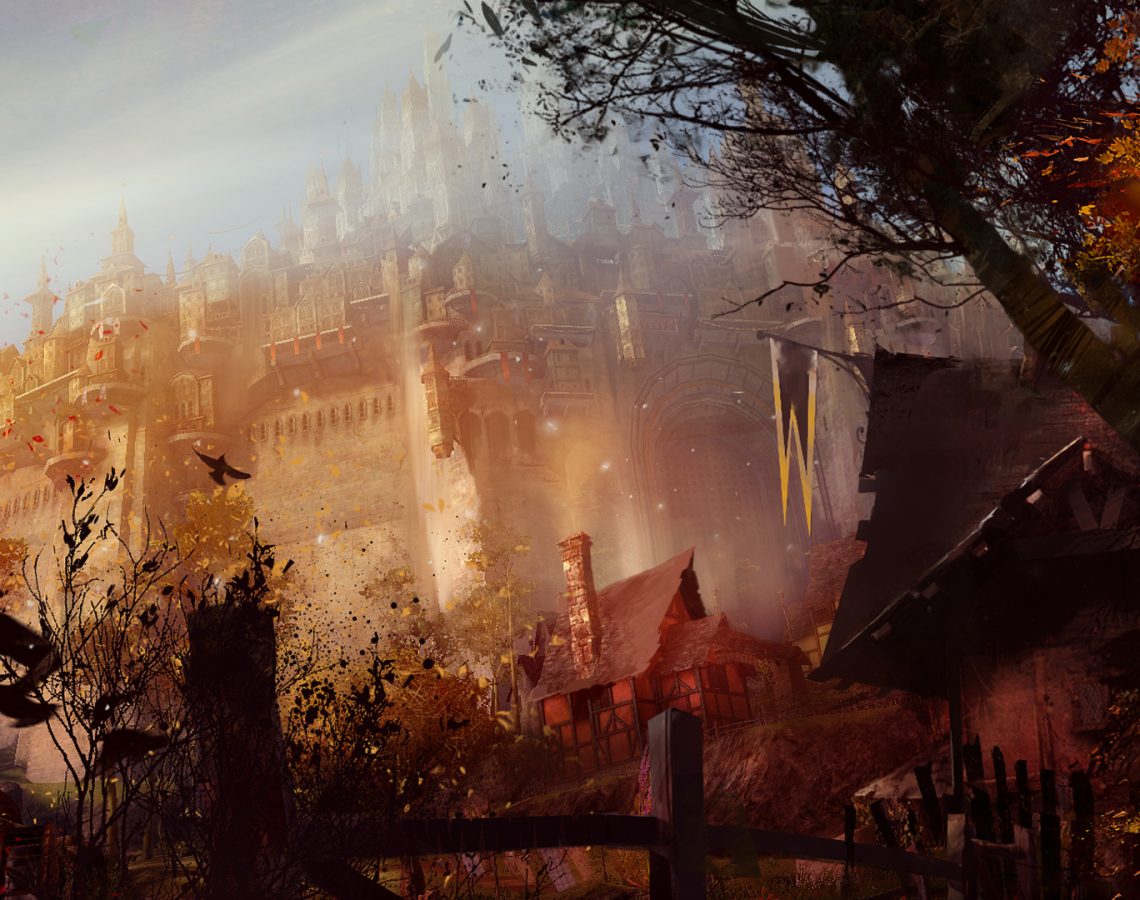
Ever since I was young, I’ve always loved video game music. Starting with playing Super Mario World and Starfox with my siblings, I learned to love that music. I would even sometimes pause the game and just sit to listen to the music.
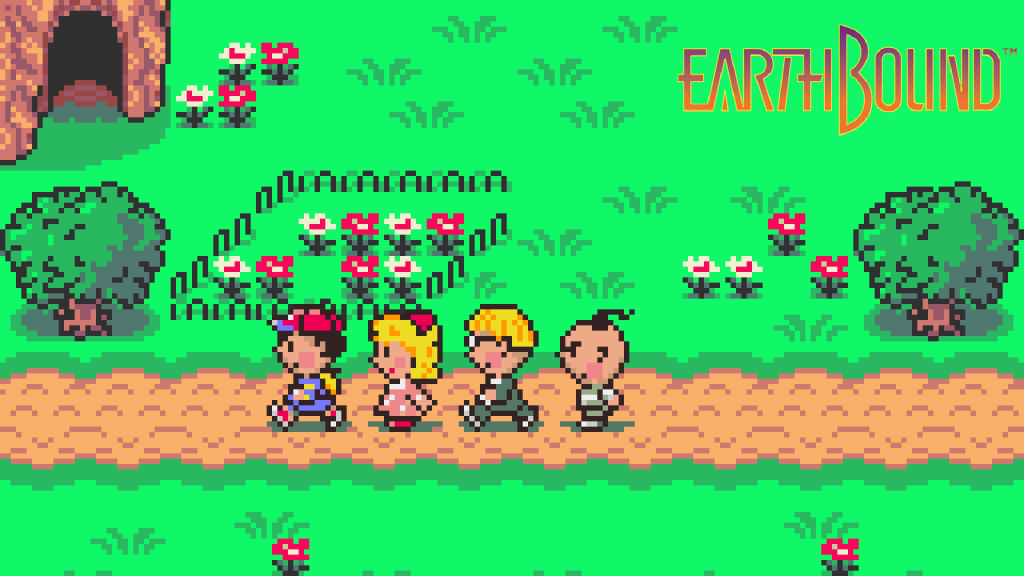
I used to watch my brother play Earthbound and I would be entranced by the graphics and the music.
I think that the music of video games, often instrumental and using traditional instruments (or sounds like them), tends to be overlooked by many in the classical music industry. The music from video games is very underrated. Just listen to the music to Divide by Chris Tilton. This music is better than a lot of what I hear on movies and TV. Of course, Chris Tilton composed a wonderful score to one of my all-time favorite shows, Fringe.
I’ve always been a bit of a video game nerd. As I grew up and watched my brother work in the film industry, our discussions became much more technical about video games and movies. We dissect the scenes and the production. It shouldn’t be surprising that my favorite video game play experiences have also included some of my favorite video game music. Recent favorites would include Mass Effect (music by Jack Wall), Guild Wars 1 & 2 (music by Jeremy Soule), and of course Skyrim (music also by Jeremy Soule). These games are large in scope and have a terrific sound track. Just listen to this incredible music by Jeremy Soule below.
Since I have always loved this area of music (I don’t know that you can call it a style because it crosses so many genres, it’s just music in a different setting), I have decided to learn more about writing music for video games and sound design. Writing music for scenes or commercial use is an exciting challenge. I love writing music to play with characters and scenes, to add subtext and to create an atmosphere. But now I’m intrigued by the new challenge of non-linear music and sound design. So here in January 2020 I am going to be learning two new tools, Unity and FMOD.
Unity is a cross-platform gaming engine (originally created by Apple) used to create video games. This software is quite robust and operates with C#, a totally new language to me I will be learning…hopefully. Some games made with Unity include Monument Valley, Hearthstone, and one of my favorite games, Cities Skylines.
Tangent: Just a plug for Cities Skylines, this is one of the most relaxing games I’ve ever played. It’s like Sim City, but more elaborate. It’s like playing with digital Legos, I love it.
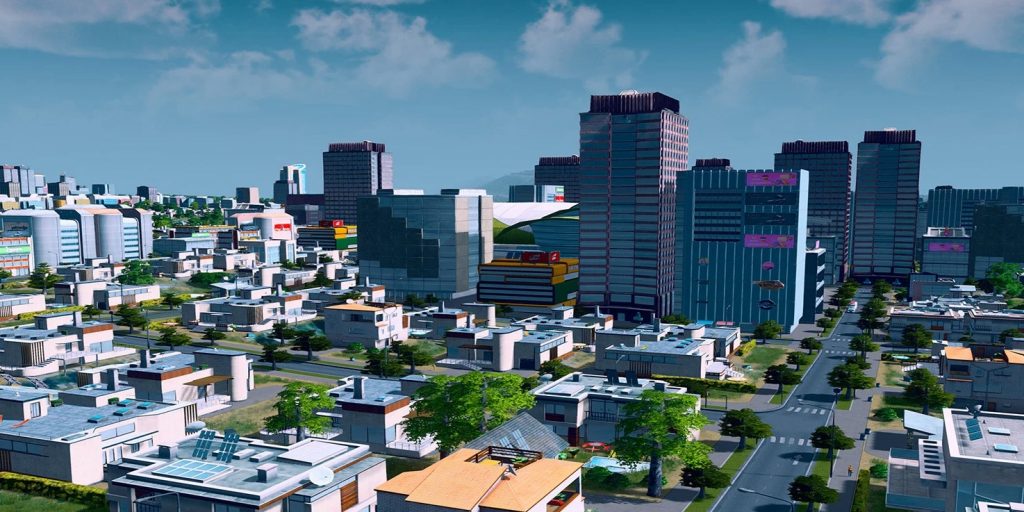
FMOD is an audio engine that can connect to Unity to provide intricate sound design parameters and music for the game. FMOD is kind of an intermediary from the DAW I use, Reaper, to the video game.
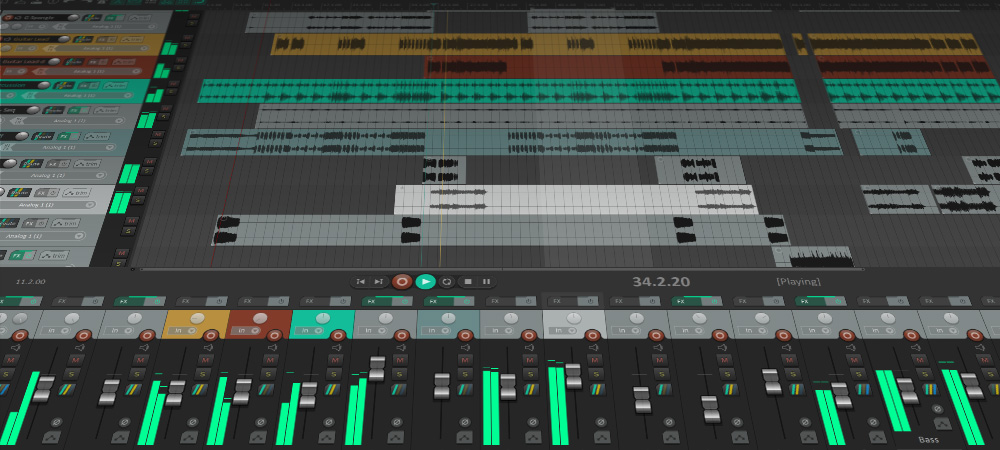
So over the next few weeks I’ll be working on a variety of game scenes and adding the sound design and music. I should note that this project is not perfect. I am planning to show off unfinished products and I guarantee there will be mistakes. There are also a lot of different ways to create the sounds and implement them into a game. This is a learning process for me, so I’m sure there are more efficient ways to do this. If you have suggestions, I’m interested in learning! Otherwise, thanks for joining me on this journey.



